UW-Madison
-
UW-Madison: Self-powered implantable device stimulates fast bone healing, then disappears without a trace
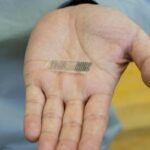
July 19, 2021
In 2017, Green Bay Packers quarterback Aaron Rodgers broke his right collarbone in a game against the Minnesota Vikings. Typically, it takes about 12 weeks for a collarbone to fully heal, but by mid-December fans and commentators were hoping the three-time MVP might recover early and save a losing season. So did Xudong Wang, a […]
-
UW-Madison: Modeling COVID-19 infection based on movement can improve public health response

June 29, 2021
An epidemic like COVID-19 relies on infected people mixing with uninfected people, — encounters that typically require one or both to move around. A new method for modeling the progression of pandemic infections incorporates location data from smartphones to give public health policymakers a more accurate picture of the way people in their communities are […]
-
No evidence of COVID-19 spread to local community after UW-Madison residence hall outbreak
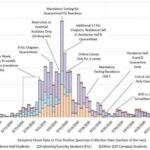
June 3, 2021
A study led by the Centers for Disease Control and Prevention found that the University of Wisconsin–Madison’s prevention efforts likely helped contain an outbreak of COVID-19 in two large residence halls in the fall of 2020. The outbreak, marked by a high number of cases among undergraduate student residents as the semester began, did not […]
-
Madison’s tech sector booms, driven by UW innovation
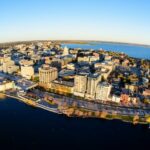
May 24, 2021
The strong growth of Madison’s technology sector is drawing attention nationwide. The boom is fueled in part by UW–Madison, which provides cutting-edge research, entrepreneurial graduates and researchers, and a well-educated local workforce that motivates some employers to open offices in Madison. In 2020, the country’s biggest tech migration increase took place in Madison, according to […]
-
UW-Madison grad combines research, tribal traditions in wolf relationship plan
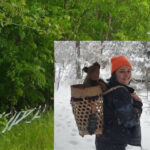
May 13, 2021
Abi Fergus dreamed of working with wolves from age 11, a dream that became an opportunity to help a Wisconsin tribe shape a future shared with the animal they call Ma’iingan. While working on a graduate degree at the University of Wisconsin–Madison’s Carnivore Coexistence Laboratory, Fergus went to work for the Bad River Band of Lake […]
-
UW-Madison students team up to develop innovative solutions to dairy industry challenges
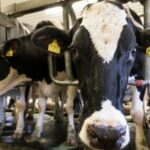
May 4, 2021
Cold milk has long been offered alongside a lunch or snack in elementary schools. Over the years, the vessel for that milk has remained the same – a traditional paper carton. Since those milk cartons require refrigerated storage and are far from beloved by students, both schools and the dairy industry have identified the need […]
-
UW–Madison alum’s mask makes Time magazine’s list of best inventions of 2020
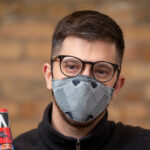
April 22, 2021
While studying abroad in Singapore as a University of Wisconsin–Madison mechanical engineering undergraduate student in 2013, Max Bock-Aronson experienced heightened levels of air pollution firsthand. He also happened to be taking an engineering course on air pollution, where he was learning, among other things, about the mechanics of filtration. “I was learning that the masks that people […]
-
Veteran finds hope for her dog, others, in UW-Madison melanoma treatment study
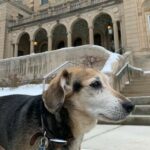
March 23, 2021
When Brittney Maehl, a veteran of the Navy, learned of the opportunity to help her dog Chester – and other cancer patients – through a clinical trial funded by the Department of Veterans Affairs, she was beyond excited. “I thought I was counting down hours left with my lovely boy, but after our initial biopsy and exam […]
-
CDC recommends fitters like Badger Seal, giving it boost
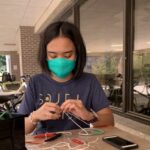
March 14, 2021
The CDC has officially recommended wearing mask fitters as one way to improve how your mask protects you, including the Badger Seal created by a team of UW–Madison engineers in September. The Badger Seal team developed a simple and inexpensive do-it-yourself fitter that ensures a tighter mask seal around the wearer’s nose, mouth and face, […]
-
UW-Madison research: Invasive species often start as undetected “sleeper populations”
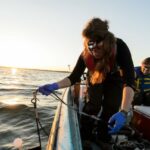
March 4, 2021
When an invasive species overruns a new ecosystem, it is often assumed that the invader recently arrived at its new home and rapidly took over. But a new report in the journal BioScience finds that many new arrivals aren’t nearly as impatient as this narrative implies. In fact, the study shows, it is not uncommon for “sleeper […]
